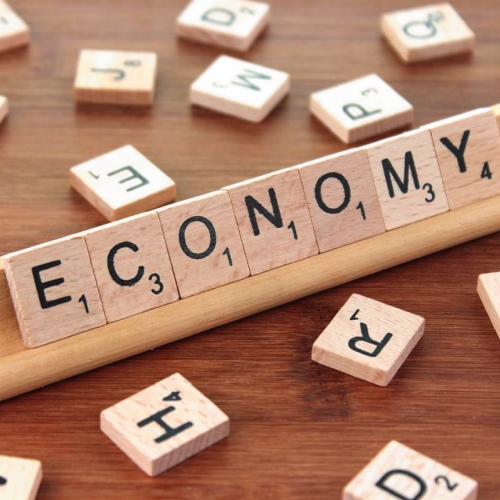New Delhi : The State Bank of India’s Economic Research Department has released its analysis projecting the GDP growth for the third quarter of the financial year 2023-24.
According to their report, the GDP growth is likely to be at 6.8 per cent, based on an unchanged base, but could potentially hit 7 per cent due to expected downward revisions in the estimates for Q3 FY23.
As per a report by Soumya Kanti Ghosh, Group Chief Economic Adviser, SBI, the global economic landscape, as outlined in the report, presents a mixed picture with several significant developments impacting the trajectory.
The International Monetary Fund (IMF) has upgraded its global growth forecast to 3.1 per cent in 2024 and 3.2 per cent in 2025, indicating a brighter outlook.
However, challenges persist, with countries like the UK and Japan slipping into recession, alongside concerns over the German economy. Additionally, China’s marked slowdown, driven by deflationary concerns and declining industrial profits, adds further complexity to the global scenario.
In contrast, India’s domestic economic indicators show signs of resilience and optimism.
Consumer confidence has strengthened, supported by positive sentiments regarding the economic situation and employment conditions. Various enterprise surveys also reflect strong business optimism.
The Composite Leading Indicator (CLI) Index, comprising 41 leading indicators across sectors, suggests a slight moderation in economic activity in Q3 FY24. Based on this data, the SBI Economic Research Department estimates GDP growth in the range of 6.7-6.9 per cent, with a Gross Value Added (GVA) growth of 6.6 per cent.
Corporate India continues to exhibit robust performance, driven by accelerating consumption patterns across urban and rural areas. Corporate results for Q3FY24 indicate significant growth in EBIDTA and PAT (Profit After Tax), with a notable improvement in margins. Corporate GVA, measured by EBIDTA plus employee expenses, recorded strong growth compared to the previous year.
The agricultural sector, however, faces some challenges, with a decline in the estimated production of major Kharif crops for 2023-24 compared to FY23. While the sowing season for Rabi crops suggests a slight increase in overall acreage, concerns arise over the decline in the sown area under cereals.
Despite these challenges, the inland fish production has shown rapid growth, reaching 131.13 lakh tonnes in 2022-23.
The fisheries sector’s contribution to the national GVA and agricultural GVA indicates potential support for the Agri & Allied sector’s growth in FY24. (ANI)











